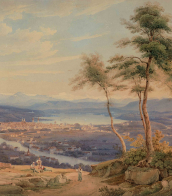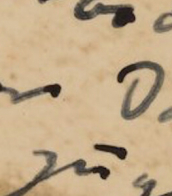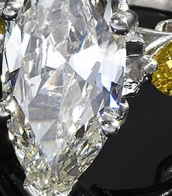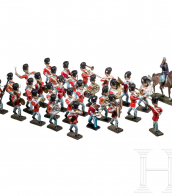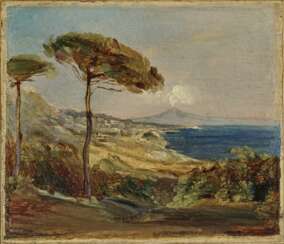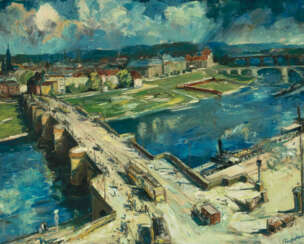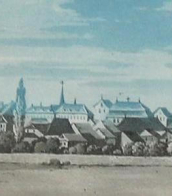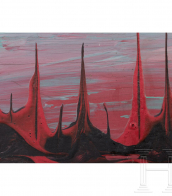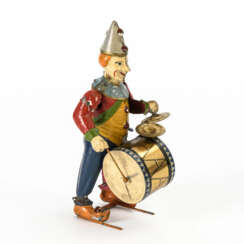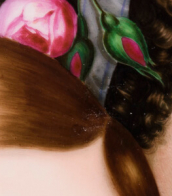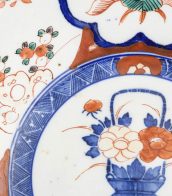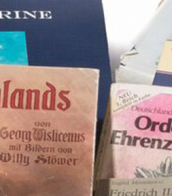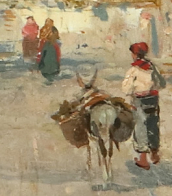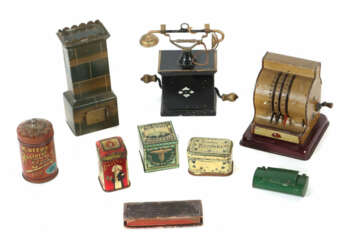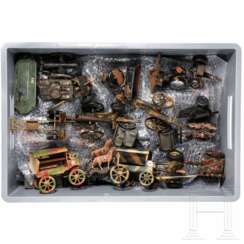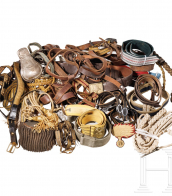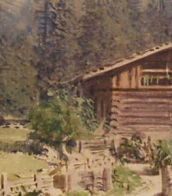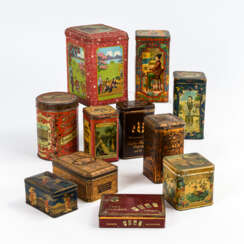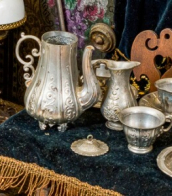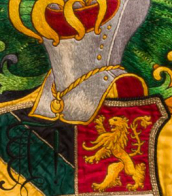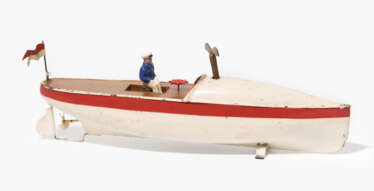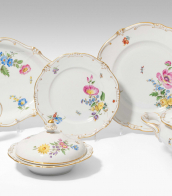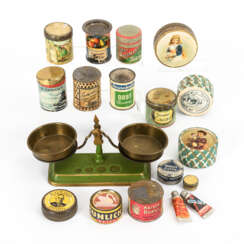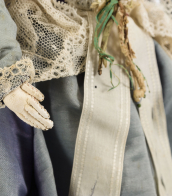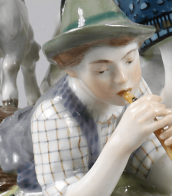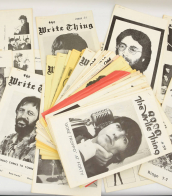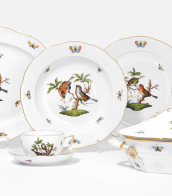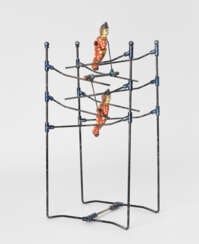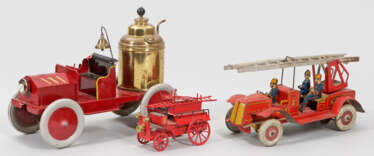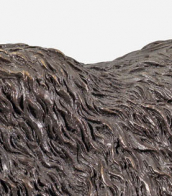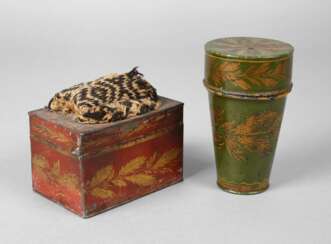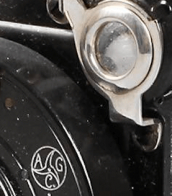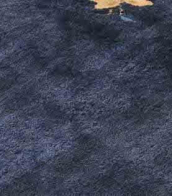blech
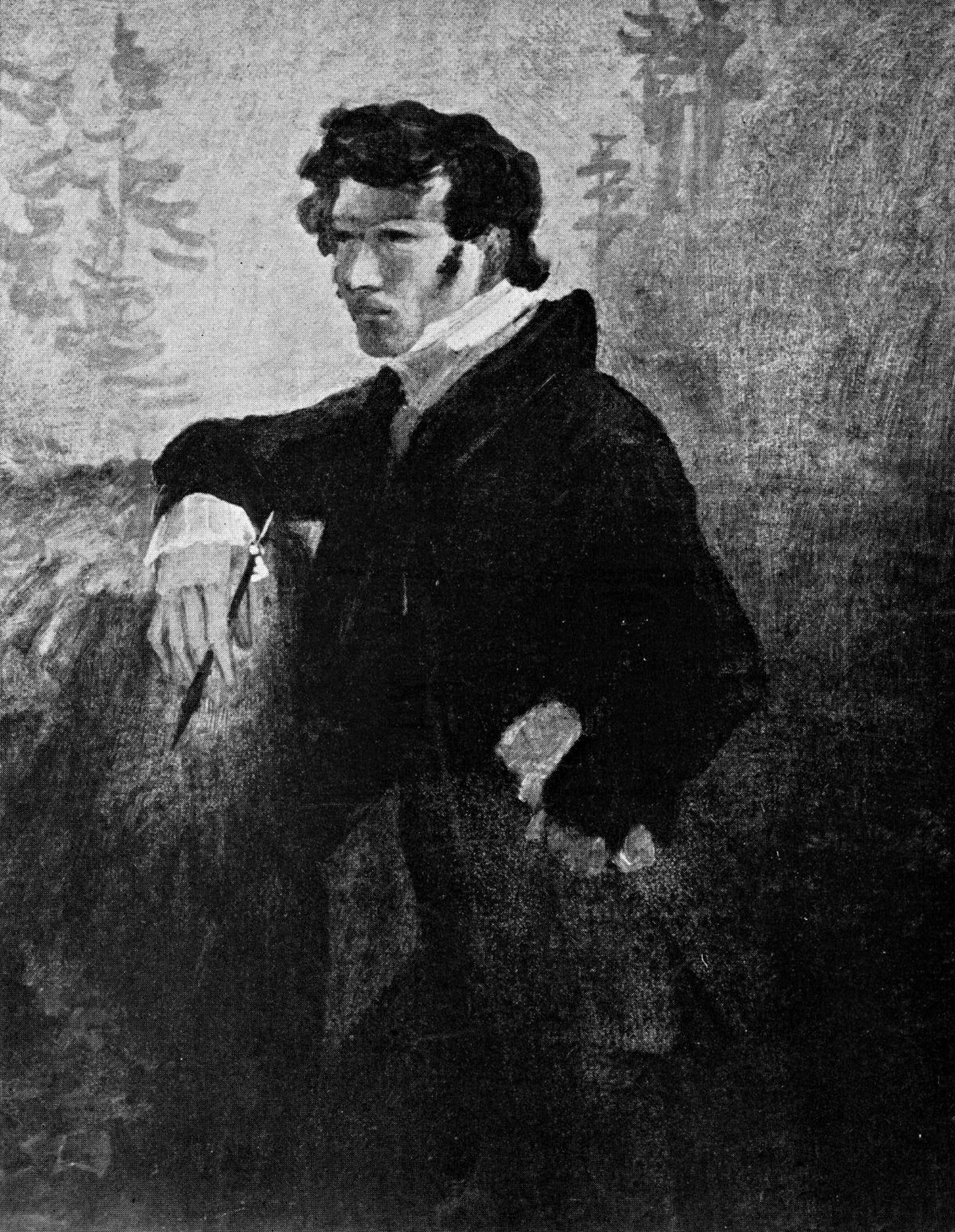
Carl Eduard Ferdinand Blechen was a German landscape painter, recognized for his pivotal role in the Romantic movement. Blechen transitioned from a banking job to pursue art, studying at the Berlin Academy and embarking on inspirational journeys to Italy and Dresden. His work, characterized by its vivid landscapes and emotional depth, reflected a new direction in painting, deeply influenced by his travels.
Notably, Carl Blechen's contributions to art were not limited to his creations; he was a respected educator, shaping the next generation of artists as a Professor of Landscape Painting at the Berlin Academy. Despite his professional success, Blechen battled with mental illness, which ultimately affected his career and led to his early death in 1840.
Carl Blechen's artworks, including "The Interior of the Palm House on the Pfaueninsel Near Potsdam," resonate with the Romantic ideals of natural beauty and emotional expression. While many of his pieces are in private collections, his legacy endures, influencing not only landscape painting but also the broader art historical narrative.
For art collectors and enthusiasts, Carl Blechen's work offers a window into the Romantic era's soul, capturing the transient beauty of nature and the human experience. His life story, marked by both brilliance and struggle, adds a poignant layer to his artistic achievements.
For those interested in the intersection of art, culture, and history, particularly in the Romantic period, staying informed about Carl Blechen's contributions and related art events can be enriching. Signing up for updates on new product sales and auction events related to Blechen's work is an excellent way to stay connected with this influential artist's enduring legacy.
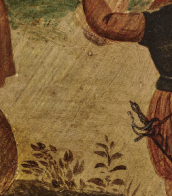

Carl Eduard Ferdinand Blechen was a German landscape painter, recognized for his pivotal role in the Romantic movement. Blechen transitioned from a banking job to pursue art, studying at the Berlin Academy and embarking on inspirational journeys to Italy and Dresden. His work, characterized by its vivid landscapes and emotional depth, reflected a new direction in painting, deeply influenced by his travels.
Notably, Carl Blechen's contributions to art were not limited to his creations; he was a respected educator, shaping the next generation of artists as a Professor of Landscape Painting at the Berlin Academy. Despite his professional success, Blechen battled with mental illness, which ultimately affected his career and led to his early death in 1840.
Carl Blechen's artworks, including "The Interior of the Palm House on the Pfaueninsel Near Potsdam," resonate with the Romantic ideals of natural beauty and emotional expression. While many of his pieces are in private collections, his legacy endures, influencing not only landscape painting but also the broader art historical narrative.
For art collectors and enthusiasts, Carl Blechen's work offers a window into the Romantic era's soul, capturing the transient beauty of nature and the human experience. His life story, marked by both brilliance and struggle, adds a poignant layer to his artistic achievements.
For those interested in the intersection of art, culture, and history, particularly in the Romantic period, staying informed about Carl Blechen's contributions and related art events can be enriching. Signing up for updates on new product sales and auction events related to Blechen's work is an excellent way to stay connected with this influential artist's enduring legacy.
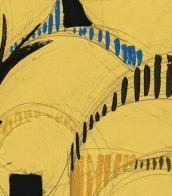
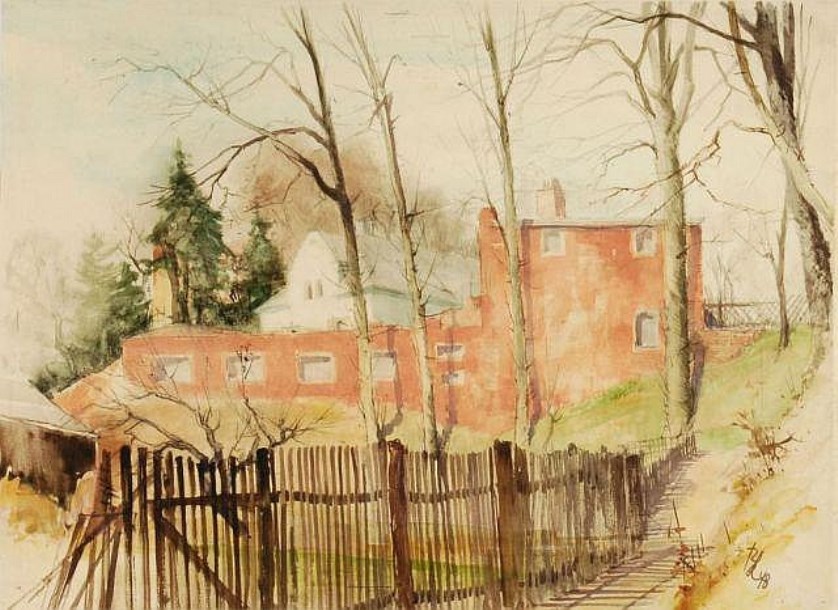
Günther Blechschmidt was a German painter and graphic artist.
Günther studied painting and drawing in Dresden at the School of Applied Arts and the Academy of Fine Arts, and worked as a drawing teacher. He traveled to various European countries on study tours and painted landscapes and still lifes. In 1944, Blechschmidt participated in the Great Exhibition of German Art in Munich, where Nazi leader Martin Bormann purchased one of his paintings.
